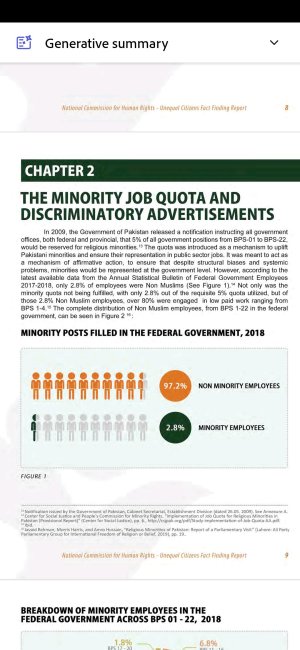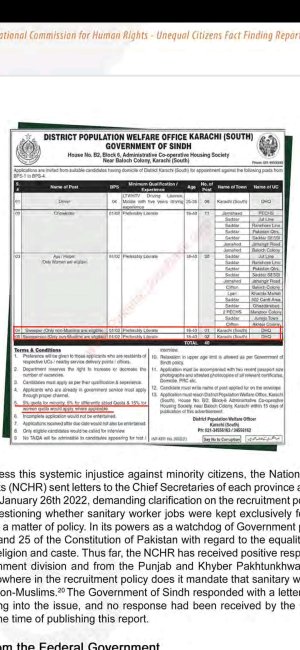You guys just don't get it? There has been no Hindu and Sikh leaders who have forcefully tried to convert the people in the name of thier religion, killed the kids like Guru Gobind Singh's sons. But I will humour you as you have not an iota of idea about our Indian History and Sikhism and Hinduism.
Here is my list.
- Raja Raja Chola I (r. 985–1014 CE) – Chola Empire
- A powerful South Indian king known for expanding the Chola Empire and building great temples like the Brihadeeswarar Temple.
- No record of religious persecution; he supported Shaivism but allowed other sects to flourish.
- Krishnadevaraya (r. 1509–1529 CE) – Vijayanagara Empire
- A patron of arts, literature, and religious tolerance.
- Though a devout Hindu, he supported Jain and even some Muslim scholars, and his court included people from various religious backgrounds.
- Ashoka the Great (r. 268–232 BCE) – Maurya Empire
- After the Kalinga war, he converted to Buddhism and championed non-violence and religious tolerance.
- His edicts promoted respect for all faiths and opposed religious persecution.
- Harsha (r. 606–647 CE) – Vardhana Empire
- Though a Hindu by religion, he was a strong patron of Buddhism, supported religious debates and diverse sects, and maintained religious harmony.
- Guru Nanak (1469–1539)
- Founder of Sikhism, firmly opposed forced conversion, caste discrimination, and religious violence.
- Preached universal brotherhood, equality, and devotion without ritualism.
- Guru Tegh Bahadur (1621–1675)
- Martyred for protecting Kashmiri Pandits from forced conversion under Mughal rule.
- He stood for the right to religious freedom—even for those outside his own faith.
- Guru Gobind Singh (1666–1708)
- The 10th Sikh Guru, he created the Khalsa to fight oppression.
- While he led military resistance against tyranny, he did not advocate forced conversions or genocide.
- Famous for saying: “Recognize all mankind as one.”
@The Bald Eagle t
The entire Islamic conquest in the Indian subcontinent was marked by significant brutality. While it’s true that many civilisations throughout history have engaged in violent conquests and expansion, often involving the annexation of foreign lands and suppression of local populations, the distinguishing factor in the case of Islamic invasions was the widespread and systematic use of
religious persecution, forced conversions, and mass killings carried out explicitly in the name of religion. This ideological justification for violence—where faith was not just a backdrop but the central motive—sets these conquests apart. Drawing parallels to extremist ideologies like those of
ISIS or historical figures such as Hitler, the imposition of a singular religious worldview through violence is what makes this chapter of history particularly grim. Despite this, some continue to
glorify such figures, especially in national narratives across regions like Pakistan, which raises serious concerns about how history is remembered and taught. I mean why do Pakistanis name their Missiles Ghazni.. he is an Afghan and modern day Pakistanis are descendants of Hindus who were forcefully converted. If we go back 5 generations, your ancestors were called Ram Lal and Kishan lal. That is the point of contention - a Fake identity and identity solely based on that Pakistanis are not Hindus.
* First on Sikh Gurus: They were not Rulers but just spiritual leaders of their community.
Guru Tegh Bahadur was not a political ruler or king; he was the ninth Guru (spiritual leader) of the Sikh community from 1664 to 1675
2.
Brutalities of Ashoka the Great
Ashoka’s early reign was marked by extreme violence and ruthless consolidation of power:
- Fratricidal rise: He killed all male rivals, including his elder brother Susima, and waged a four-year civil war to claim the throne4.
- Mass executions: Early legends describe him beheading 500 ministers for questioning his orders and constructing a brutal torture chamber (“Ashoka’s Hell”) to punish dissenters2.
- Kalinga massacre: His 265 BCE invasion of Kalinga killed ~100,000 soldiers/civilians, injured countless others, and enslaved 150,00024.
Post-Kalinga contradictions:
While Buddhist texts highlight his remorse and embrace of nonviolence, his edicts included threats of violence against rebellious tribes
4. Some sources allege he persecuted rival sects like the Ajivikas, potentially contributing to their extinction
24.
3. Raja Chola Empire

The Chola Empire, particularly under leaders like Rajaraja I, was known for its military strength and expansionist policies, which led to brutal conquests and atrocities. They invaded and occupied territories in Sri Lanka, Lakshadweep, and Maldives, decimating populations and looting treasures. Their campaigns were characterized by violence, destruction, and the elimination of enemy rulers and their families.
Here's a more detailed look at the brutalities:
- Conquest of Anuradhapura:
The Cholas invaded and destroyed Anuradhapura, the ancient capital of the Sinhalese kings, causing widespread destruction and abandonment of the city.
- Occupation of Sri Lanka:
Rajaraja I's invasion of Sri Lanka in 993 AD resulted in the Chola occupation of the island for nearly a century.
- Treatment of Enemies:
The Cholas were known for their uncompromising tactics in war, eliminating rather than sparing enemies. This included the execution of captured generals and their families.
- Destruction of Sinhalese Resources:
The Cholas plundered and destroyed the resources of Sri Lanka, including its precious treasures.
- Military Campaigns:
The Cholas engaged in numerous military campaigns, including expeditions to North India, demonstrating their aggressive expansionist policies.
- Impact on Subjects:
While some portray the Chola period as a golden age, historians acknowledge that the Chola polity was brutal, and its own subjects may not have held a positive view of its rule.
4. Harshavardhana empire 
- Harshavardhana, a devotee of Lord Shiva later embraced Buddhism.
- The practice of ‘Sati’ was prevalent among the higher classes during Harsha’s period.
- Reason (R): Harsha’s mother committed ‘Sati’ after the death of her husband.
And he fought many EXPANSIONIST WARs like "Invaders" lol

but get away as no records available on the number of casualties in these wars



 Aggressive Military Campaigns Under Harshavardhana's Empire
Aggressive Military Campaigns Under Harshavardhana's Empire
Harsha (606–647 CE) pursued an expansionist policy to unify northern India, mobilizing large armies (5,000 elephants, 20,000 cavalry, 50,000 infantry)
1. Key campaigns include:
- Eastern Conquests: Defeated King Sasanka of Gauda (Bengal) after prolonged campaigns, annexing Magadha, Bengal, and South Bihar post-Sasanka’s death
1. Allied with Kamarupa (Assam) under Bhaskara-Varman
1.
- Western Expansion: Conquered Sindh and Vallabhi (Gujarat), securing alliances through marriage with King Dhruvasena II
1. Extended control over Saurashtra, Kutch, and western Malwa
1.
- Southern Campaign: Invaded the Deccan (c. 620 CE) but faced defeat against Chalukya ruler Pulakeshin II near the Narmada River, halting southern expansion
12.
- Southeastern Push: Annexed parts of Orissa (643 CE), later hosting Buddhist conferences there
1.
- No specific casualty figures are recorded in historical sources like Hiuen Tsang’s accounts or inscriptions
5.
Krishnadevaraya (r. 1509–1529 CE) – Vijayanagara Empire
- Battle of Meduru (1515):
Skirmishes with Prataparudra Deva’s forces led to heavy casualties on both sides before Vijayanagara’s victory3. The scale of fighting suggests significant loss of life, though exact figures are unavailable.
- Diplomatic Subterfuge:
Minister Timmarusu bribed Gajapati nobles to betray Prataparudra Deva, destabilizing the enemy before capturing Cuttack3. Such tactics, while strategic, undermined loyalty and likely caused internal strife.
- Post-Conquest Pillaging:
While Krishnadevaraya’s era lacked the systemic destruction seen later (e.g., 1565 Sack of Vijayanagara56), captured territories like Kondavidu were garrisoned, and local elites replaced, indicating coercive consolidation3.

www.pewresearch.org


















